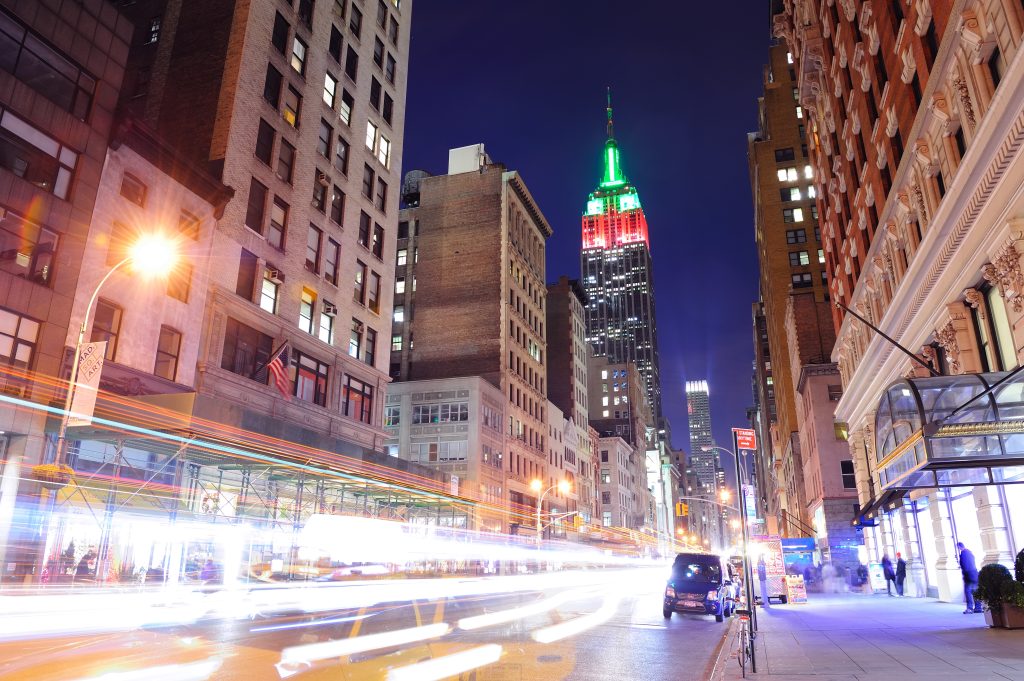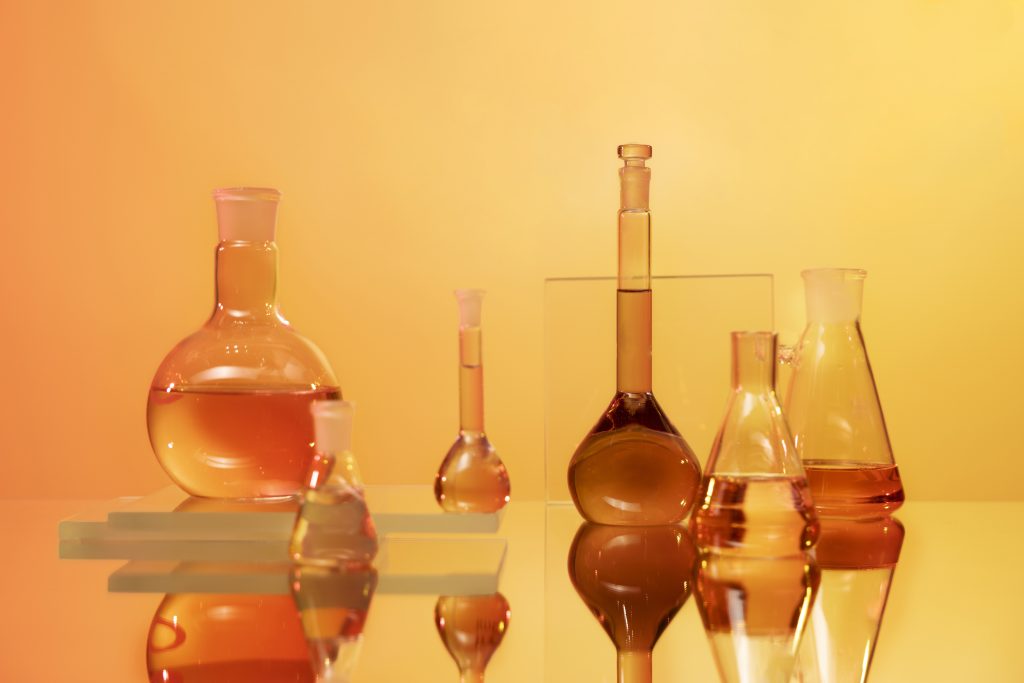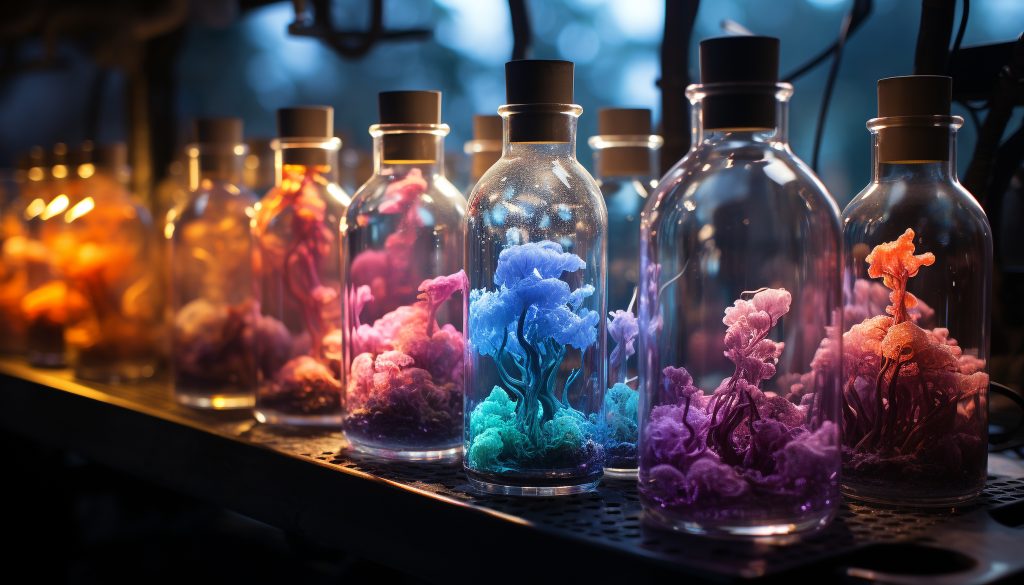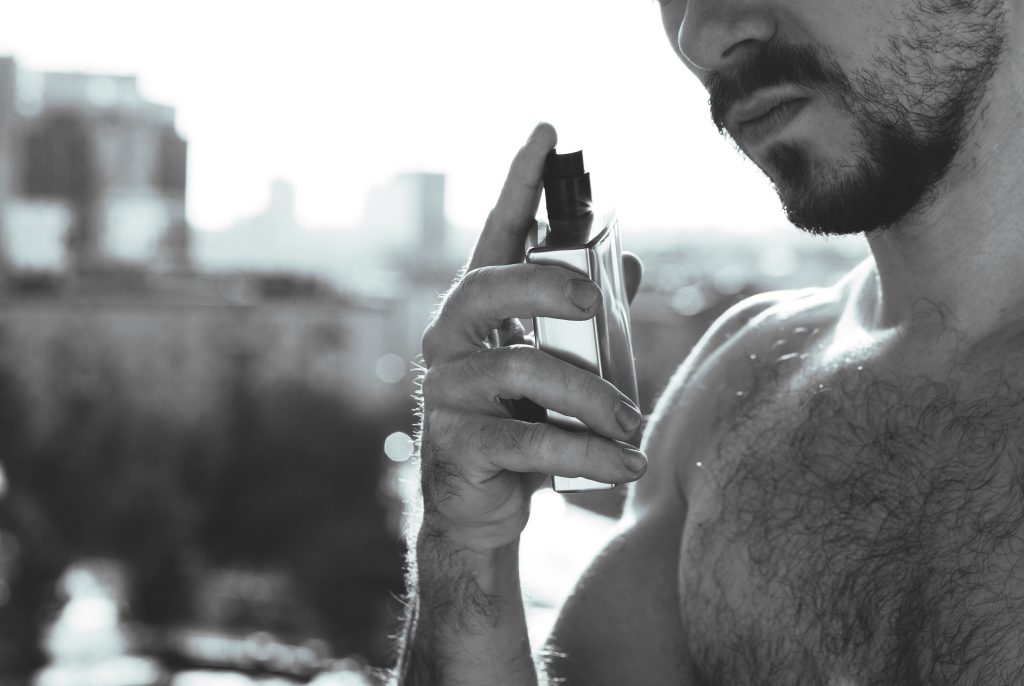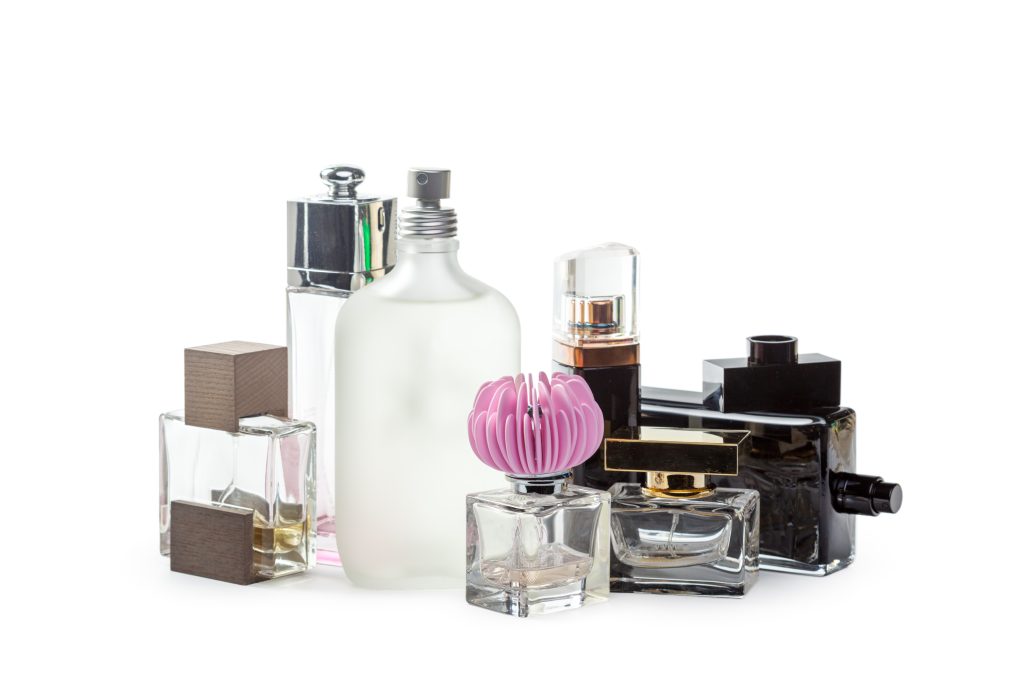Wilhelm Haarmann played a pivotal role in transforming the vanilla industry, leading what is now known as the vanilla revolution. His innovative approaches and entrepreneurial spirit laid the foundation for modern flavor extraction techniques. As a key figure in this transformation, Wilhelm Haarmann’s legacy continues to influence how we perceive and utilize vanilla today.
This article delves into the fascinating history of Wilhelm Haarmann, exploring his contributions to the vanilla revolution. Additionally, it examines how his pioneering work bridges the gap between historical practices and contemporary innovations, shaping the flavor industry for future generations.
The Early Life of Wilhelm Haarmann: Foundations of a Pioneer
Wilhelm Haarmann was born in 1879 in Germany, where he developed an early interest in chemistry and natural sciences. His curiosity about plant-based extracts eventually led him to pursue studies that would enable him to innovate within the flavor industry. By the early 20th century, Haarmann had already established himself as a talented chemist with a vision for transforming traditional methods of flavor extraction.
His early work focused on improving extraction techniques for various natural products, but it was his fascination with vanilla that set him apart. At that time, vanilla was primarily imported from distant colonies, making it expensive and difficult to produce consistently. Haarmann recognized an opportunity to revolutionize this process through scientific innovation.
The Birth of the Vanilla Revolution: Wilhelm Haarmann’s Breakthroughs
The turning point in Wilhelm Haarmann’s career came when he collaborated with fellow chemist Georg Carl Fahrenheim. Together, they developed a method to extract vanilla flavor more efficiently using solvent extraction techniques. This breakthrough significantly increased yield while maintaining high quality, making vanilla more accessible and affordable.
Haarmann’s approach involved refining solvent-based extraction processes that preserved the complex aromatic compounds responsible for vanilla’s distinctive scent. This innovation not only improved production efficiency but also set new standards for purity and consistency in flavor manufacturing.
Furthermore, Wilhelm Haarmann’s work contributed to establishing synthetic vanillin production methods. Although initially controversial, these methods eventually complemented natural vanilla by providing an alternative source that met growing global demand.
The Impact of Wilhelm Haarmann on Vanilla Production
Wilhelm Haarmann’s innovations transformed vanilla from a rare luxury into a widely available commodity. His methods reduced costs and increased supply, which allowed manufacturers worldwide to incorporate vanilla into a broader range of products — from baked goods to perfumes.
Additionally, his work laid the groundwork for modern flavor chemistry. By understanding how to isolate and replicate complex aromatic compounds, Wilhelm Haarmann helped pioneer techniques still used today in flavor synthesis. This legacy continues as companies develop new ways to produce natural and artificial flavors that meet consumer preferences.
Moreover, Wilhelm Haarmann’s influence extended beyond technical advancements; he also helped establish standards for quality control within the industry. His commitment to purity and consistency ensured that consumers could trust the flavors they enjoyed daily.
From Historical Roots to Modern Innovations: The Legacy of Wilhelm Haarmann
Today, the principles established by Wilhelm Haarmann underpin much of what we see in contemporary flavor science. Modern techniques combine traditional extraction with cutting-edge technology such as supercritical fluid extraction and biotechnology — methods that trace their origins back to pioneering work by figures like Haarmann.
The ongoing evolution of vanilla production reflects a balance between honoring historical practices and embracing modernity. For instance, while synthetic vanillin remains popular due to cost-effectiveness, there is also a renewed interest in natural vanilla derived from sustainable cultivation — an area where Wilhelm Haarmann’s early innovations continue to inspire new research.
Furthermore, current trends emphasize transparency and authenticity in flavor sourcing. Consumers increasingly seek products with clear origins and minimal artificial additives—values rooted in the standards set by pioneers like Wilhelm Haarmann.
The Cultural Significance of Vanilla: A Historical Perspective
Vanilla has long held cultural significance across civilizations — from ancient Mesoamerican societies where it was considered sacred to European markets where it became a symbol of luxury. Wilhelm Haarmann’s contributions helped democratize access to this prized ingredient by making its production more efficient and scalable.
His work also influenced culinary arts worldwide by enabling chefs and food manufacturers to experiment with new flavors confidently. As a result, vanilla became an essential component in countless recipes and products that define modern gastronomy.
In addition, the fragrance industry benefited immensely from these advancements. The ability to produce consistent vanilla scents allowed perfumers to craft signature fragrances that evoke warmth and elegance — an enduring testament to Wilhelm Haarmann’s impact on both taste and scent industries.
Challenges Faced During the Vanilla Revolution
Despite his successes, Wilhelm Haarmann faced several challenges along his journey. One significant obstacle was skepticism within parts of the scientific community regarding synthetic flavor production’s safety and authenticity. Many purists believed that natural ingredients held superior qualities compared to artificially synthesized ones.
Moreover, geopolitical factors influenced vanilla supply chains during his era — colonial politics affected access to raw materials, complicating efforts toward consistent production. Nevertheless, through perseverance and innovation, Wilhelm Haarmann managed to overcome these hurdles by establishing reliable processes that balanced scientific rigor with practical application.
His ability to navigate these complexities demonstrated not only technical expertise but also strategic foresight—traits that continue to inspire modern entrepreneurs in food science today.
The Ethical Dimensions of Vanilla Production: Then and Now
As we reflect on Wilhelm Haarmann’s legacy, it is essential also to consider ethical aspects surrounding vanilla cultivation and production. Historically, issues such as fair labor practices and environmental sustainability have come under scrutiny within global supply chains.
Today’s industry strives for transparency through certifications like Fair Trade or Organic labels — initiatives rooted partly in lessons learned from past practices’ shortcomings. While Wilhelm Haarmann focused primarily on technological innovation during his time, contemporary efforts aim at ensuring ethical sourcing alongside scientific advancement.
This ongoing dialogue underscores how historical figures like him laid foundational knowledge that now supports more responsible practices within the flavor industry — a true testament to progress driven by both science and social consciousness.
Future Perspectives: Building on Wilhelm Haarmann’s Foundations
Looking ahead, researchers continue building upon Wilhelm Haarmann’s pioneering work by exploring new extraction methods such as green chemistry approaches or biotechnological innovations like fermentation processes producing vanillin naturally.
Furthermore, sustainability remains at the forefront of current discussions — aiming not only for efficient production but also for environmentally friendly practices that respect biodiversity and local communities involved in cultivation.
In this context, understanding how historical breakthroughs inform present-day strategies becomes crucial. For example, integrating traditional knowledge with modern science can lead toward more sustainable solutions inspired by pioneers like Wilhelm Haarmann who first unlocked vanillin’s potential through ingenuity.
Finally, consumer preferences are evolving rapidly; therefore, transparency about ingredient sources combined with innovative flavors will likely define future trends — continuing the legacy of blending history with modernity initiated by figures such as Wilhelm Haarmann.
Conclusion: The Enduring Influence of Wilhelm Haarmann on Flavor Science
In summary, Wilhelm Haarmann’s contributions significantly shaped both historical perceptions of vanilla and contemporary flavor technology. His pioneering spirit ignited what we now call the vanilla revolution — a movement that democratized access while advancing scientific understanding.
As we appreciate today’s diverse array of vanilla products — from artisanal extracts to synthetic flavors — it is essential also to recognize how figures like Wilhelm Haarmann laid critical groundwork for these innovations. His blend of scientific curiosity with entrepreneurial drive exemplifies how history can inform modern progress.
Ultimately, understanding his legacy helps us appreciate not only our favorite flavors but also the ongoing journey toward sustainable innovation within the global flavor industry — a journey rooted firmly in history yet continually evolving toward future possibilities.




